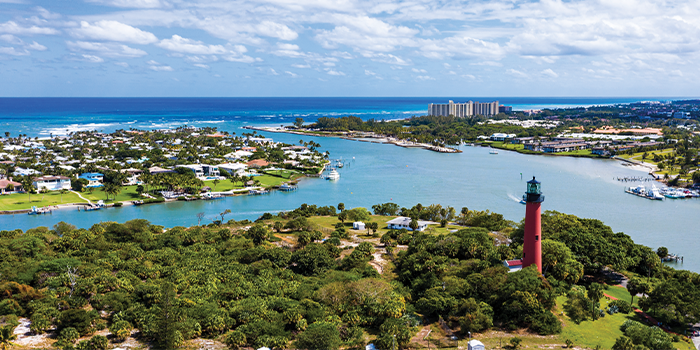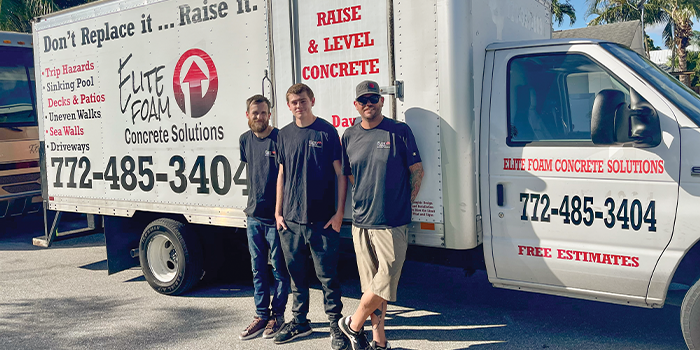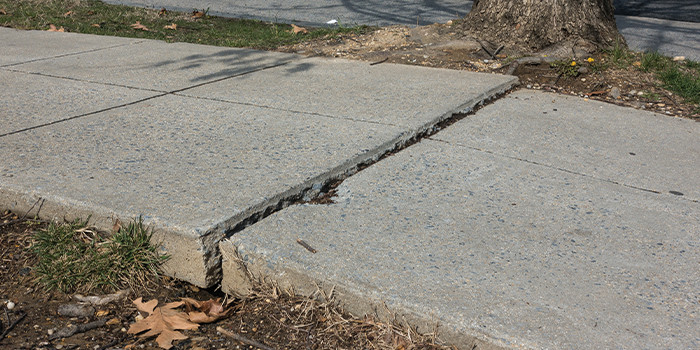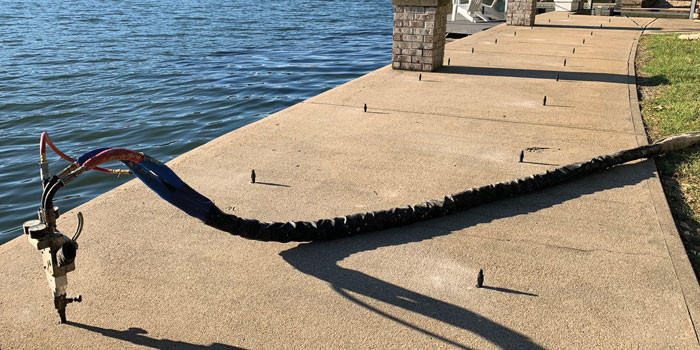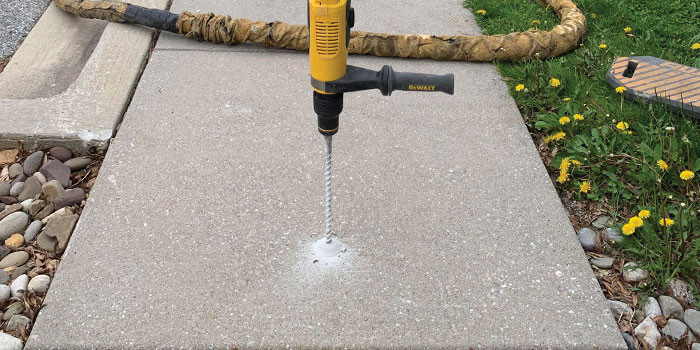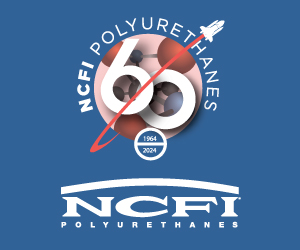Leveling Out History
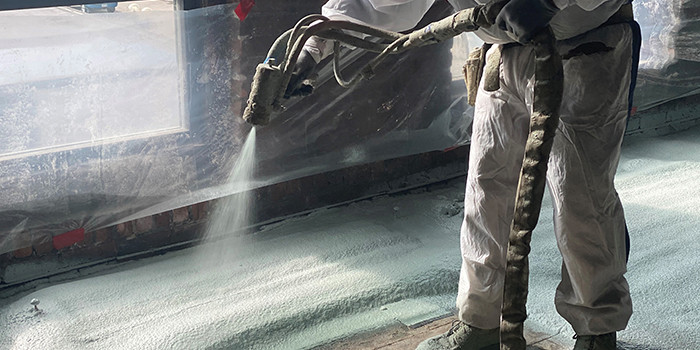

Spray Foam Magazine – Spring 2021 – The port city of Duluth, Minnesota sits snugly next to Wisconsin with these two cities commonly referred to as the ‘Twin Ports.’ Historically Duluth was recognized for trading in beaver fur in the 17th century and later in the 19th century became a hub of excitement and fast growth when the railways, with its arrival of workers, brought industries such as lumber and mining to the area.
Fast forward a few hundred years and some of Duluth’s historical builds are in need of some major upgrades. Floor Technologies has been specializing in the floor underlayment and leveling market since 1972 earning a reputation for understanding their client’s needs, in addition to having a solid relationship with architects and engineers in the Minnesota and western Wisconsin area.
Mark Cardoni, from Floor Technologies, explained a recent job on an historical build in Duluth. “The job was in a very old furniture store which the owners are transitioning into modern apartments and retail space. There are three levels and on levels two and three it is only level in the center and the clients wanted a nice flat floor to work with. The floors, however, were not level or flat, and outside 25 feet from the center to exterior wall sloped from one to six inches lower!”
The furniture store was called Johnson Brothers Furniture Co and according to research conducted by Tony Dierckins publisher of a Duluth history website, the building was likely constructed in 1893. The West End furniture store operators and owners, Bert Enger and Emil Olson leased space in the US Block in 1909 and purchased the building in 1919 with Enger & Olson Furniture operating at the location until 1971, followed by Johnson Brothers Furniture through 2012 then Furniture and Mattresses 4 Less used the site for about six years, closing in 2018.
This historical building is being transformed by its owners once again into Enger Lofts. The modern lofts will include apartments on the upper floors with commercial and retail space at street level.
The Floor Technologies crew began work by setting grade pins and spray foam to the floor at an average of three inches to make the floor closer to level. They then poured a self-leveling Maxxon Gyp-Crete 2,000 to level it. The crew soon realized that the weight of just the Gyp-Crete would be too great for the depths needed on the perimeters. After some number crunching, they found that if they were to spray foam the areas that were the lowest to bring it up to pour and then apply 1.5 inches of gypcrete, the structure would support that weight.
They chose spray foam as it was the only product that would be structurally sound enough for them to pour the Gyp-Crete over the top. According to Floor Technologies, if fiberglass or cellulose was used it would have compressed and potentially ruined the integrity of the Gyp-Crete. The SPF which was applied with a Graco E-30 pump and Graco AP gun with PC cartridge (52/52 tip size), also helped maintain a level plane across the floor with no drops making it an easier pour for the Gyp-Crete.
The code requirements the crew needed to meet only relied on the structural integrity of the load the floor could handle. The crew also made sure to wear fresh air respirators and full face masks with supplied air for the sprayer and cartridges for the helper before spraying the 14,000 sq.ft. area.
The Floor Technologies crew sprayed Johns Manville Corbond lll closed-cell with the inches sprayed to 2x10 lapped flooring boards. The inches of foam applied varied from one to four inches, with roughly ten sets of foam used. Floor Technologies literally leveled out history and sprayed new life into this historical build. This characteristic building is once again ready for a new step in history but this time on a level floor.
Disqus website name not provided.



